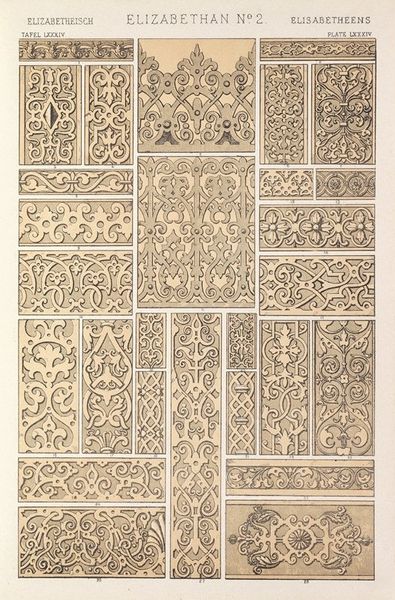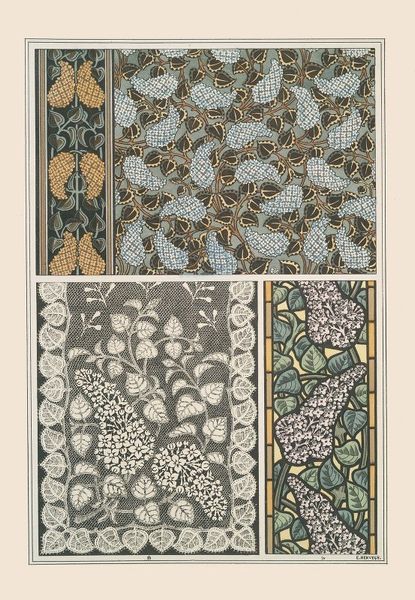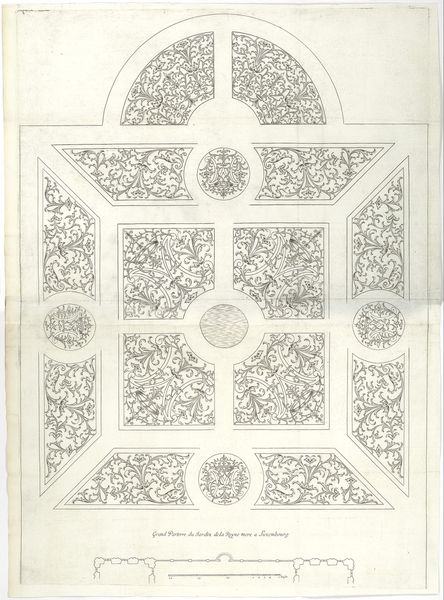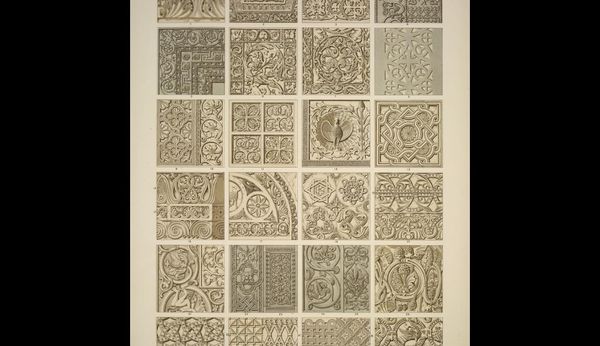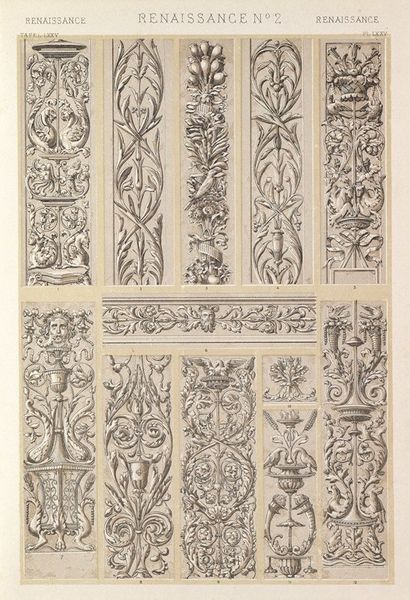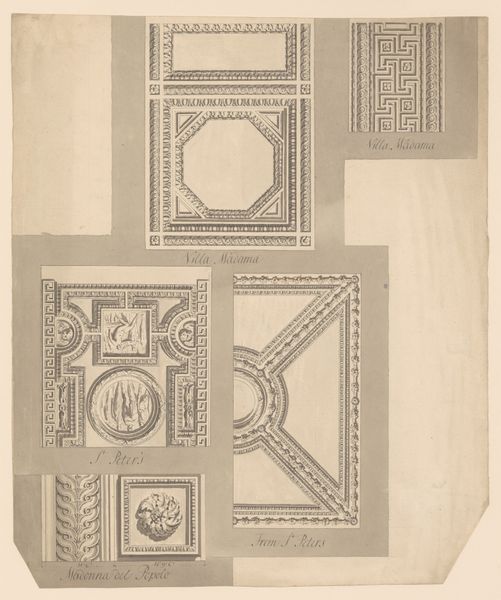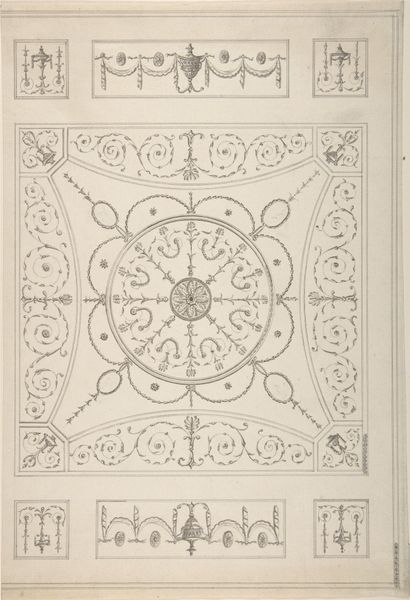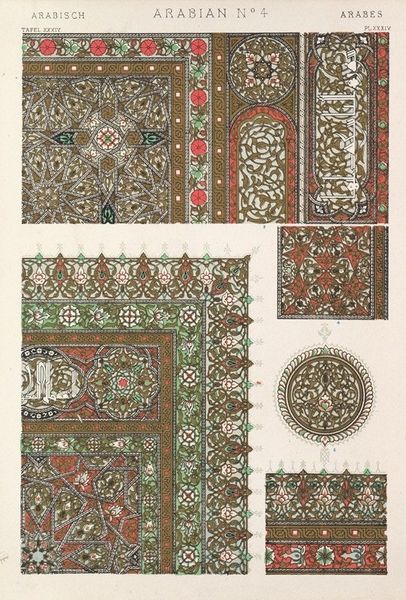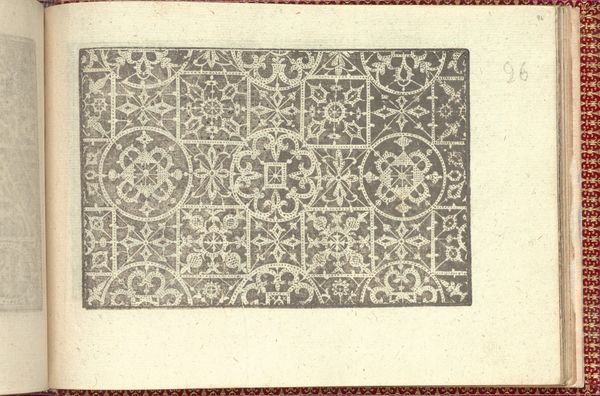
drawing, print, engraving
#
drawing
# print
#
geometric
#
islamic-art
#
decorative-art
#
engraving
Copyright: Public Domain: Artvee
Editor: This is “Arabian No. 3,” an engraving by Owen Jones from 1856. It’s packed with incredible geometric and floral patterns, giving it a rich, almost overwhelming feel. What stands out to you? Curator: Owen Jones’s work needs to be situated within the context of 19th-century Orientalism. While seemingly celebrating Islamic art, it's important to analyze it critically. This engraving comes from "The Grammar of Ornament," a hugely influential design sourcebook. Jones sought to codify and categorize ornament from different cultures, ostensibly to improve Western design. Do you see how this act of classification can be problematic? Editor: I hadn’t really thought of it that way… It sounds a little like taking ownership of other cultures' traditions. So, the beautiful patterns here are also tied to ideas of cultural appropriation and even power dynamics? Curator: Exactly. Jones isn't merely presenting beautiful designs; he's interpreting and appropriating them, ultimately serving a Western-centric agenda. What's absent here is a consideration of the original cultural contexts and meanings of these motifs. Instead, they are presented as mere aesthetic fodder. How might we view this differently if Jones had collaborated directly with artists from Islamic cultures, rather than acting as an outside observer? Editor: That’s a powerful point. It highlights the need to be more aware of where these images come from and how they can perpetuate unequal power structures, even when they seem decorative. Curator: Absolutely. Considering the sociopolitical context reframes our understanding of something we might have initially viewed as simply ornamental. Editor: Thanks, it definitely made me rethink what I thought about the artwork at first glance. I have a lot to unpack.
Comments
No comments
Be the first to comment and join the conversation on the ultimate creative platform.



